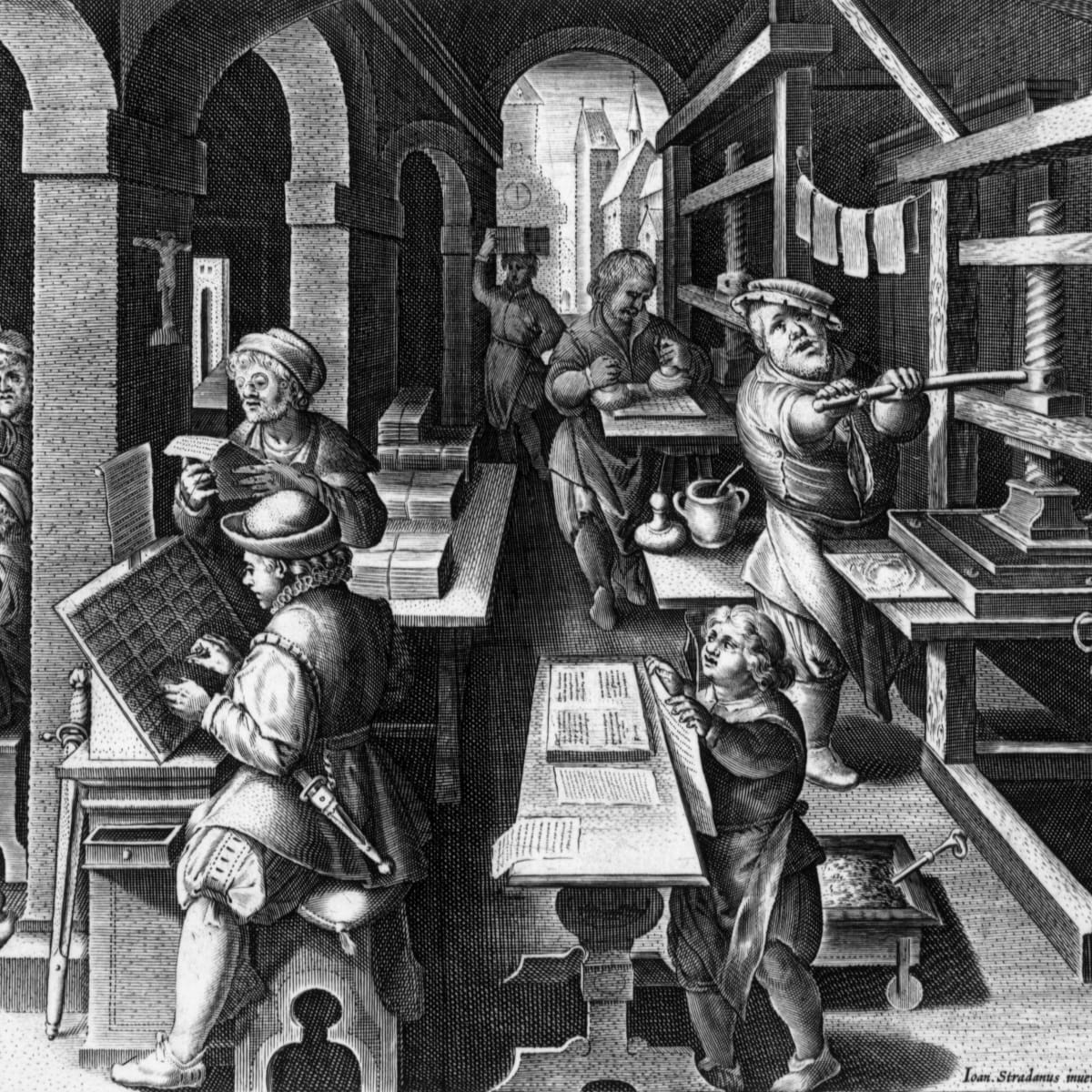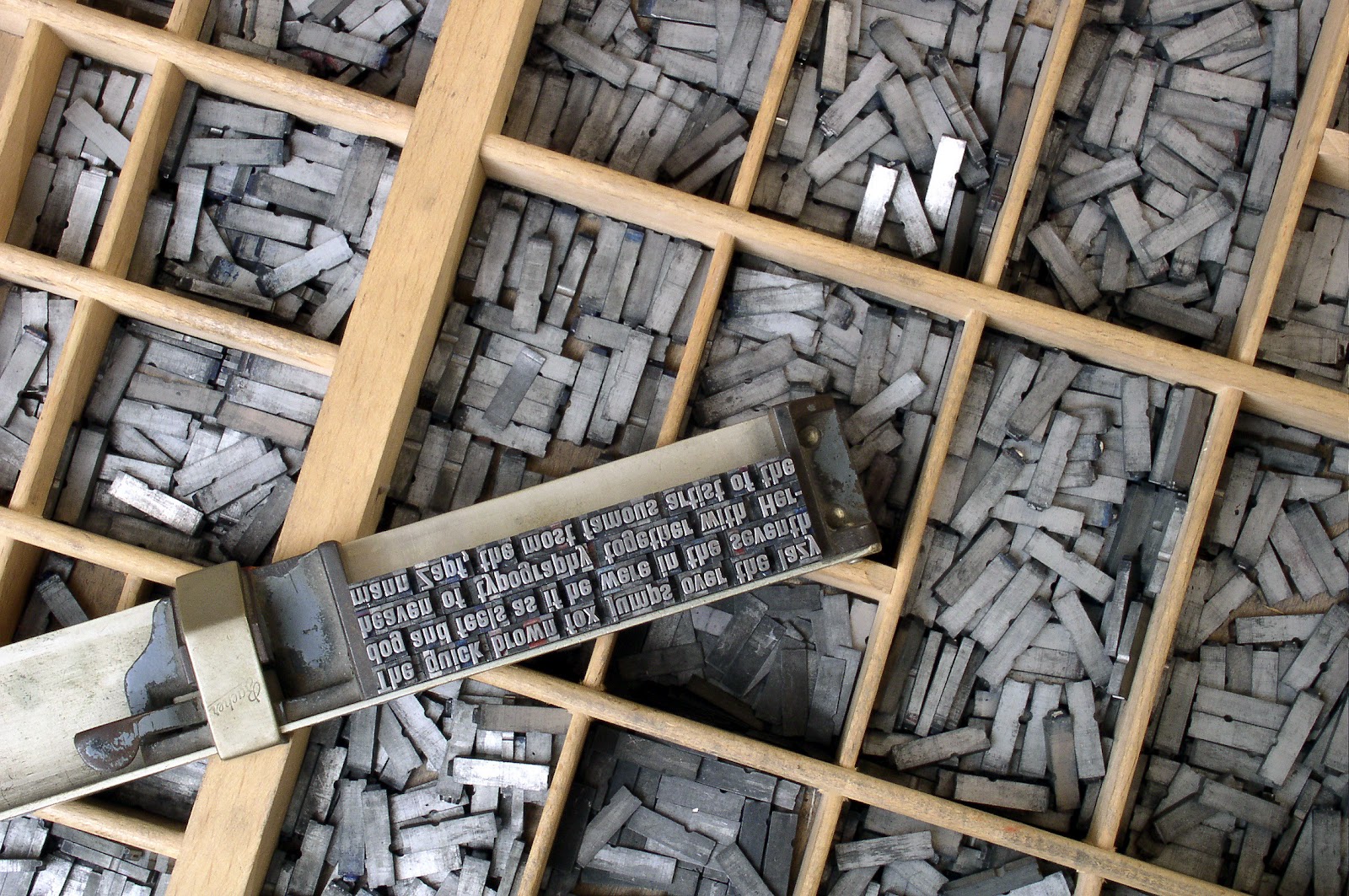
By around 1400 King Sejong ordered a simplified alphabet to be devised, based on sounds and mouth-shapes. The result was an efficient method of producing large quantities of moveable metal type. So he drew on and innovated around earlier Chinese attempts with moveable type, and combined those ideas with the techniques of casting bronze coins and medallions. Despite the conservatism of the cultural elite, Choe quickly realised that making copies with wood-blocks would be an impossibly large task. The task was charged to a Government official called Choe Yun-ui. Not wanting to lose their Buddhist cultural heritage, the Goryeo rulers ordered a new copy to be made. Soon, he reached the capital, where the invaders burned the copy of the Tripitaka. And along with the Tripitaka came the knowledge of block printing.įast forward to 1232, when the successor to Ghenghis Khan - Ogedai Khan - invaded Korea. A century later a copy was brought as a diplomatic gift to the Korean rulers known as the Goryeo (from which Korea got its name). Chinese poems printed with copper type ‘Gieong ja’ in 1420 Enter the Koreansīuddhism had spread through China and around 971 Chinese printers produced a massive Buddhist text called the Tripitaka using no less than 130,000 woodblocks (one for each page). And it lasted much longer than wooden typefaces, able to produce thousands of reprints without visible wear. Contrary to popular belief, the ceramic type proved strong and resilient, even when dropped onto hard floors.

So around 1040 an official called Bi Sheng developed a ceramic moveable type system. But wood-cut blocks were prone to wear, and uneven absorption of the ink. So the Chinese had block printing and were using presses to mass-produce books. As an aside, we know this because a Chinese official called Yan Zhitui, wrote in 589AD advising against using paper containing writings of Confucious for ‘toilet purposes’. Indeed, such was the availability of inexpensive paper, that by the 6th century it was being used as toilet paper. The industrial production of paper began around 100AD resulting in an efficient and organised government. Paper had been in use for almost a thousand years before this. With over 2000 characters, it was just as easy to chisel entire pages (backwards) to produce printable book pages. It began, of course with China back in the early 9th Century AD and perhaps a bit earlier. This story has the makings of a good Dan Brown thriller from beginning to end. But the story does include pilgrims, a dodgy deal, at least three religions, Ghenghis Khan, an invasion and some pretty canny monks and officials. After all, didn’t he simply invent the printing press? Well, no, to put it bluntly, and the museum tells a fascinating story that includes the many innovations leading up to the appearance of the press in Europe. Now, that might seem a bit… well… specific.

Here was the birthplace of moveable metal type printing in Europe. With a few days left at the end of our trip, we decided to make a different sort of pilgrimage - to the Gutenberg Museum in Mainz just a short suburban train ride from the centre of Frankfurt. We had come to Europe amongst other reasons, to walk the Camino de Santiago - a medieval pilgrimage route through Spain. On several visits to Europe from Australia, I passed through Frankfurt as many thousands do each day in transit to other places, perhaps stopping for a day or two.


 0 kommentar(er)
0 kommentar(er)
